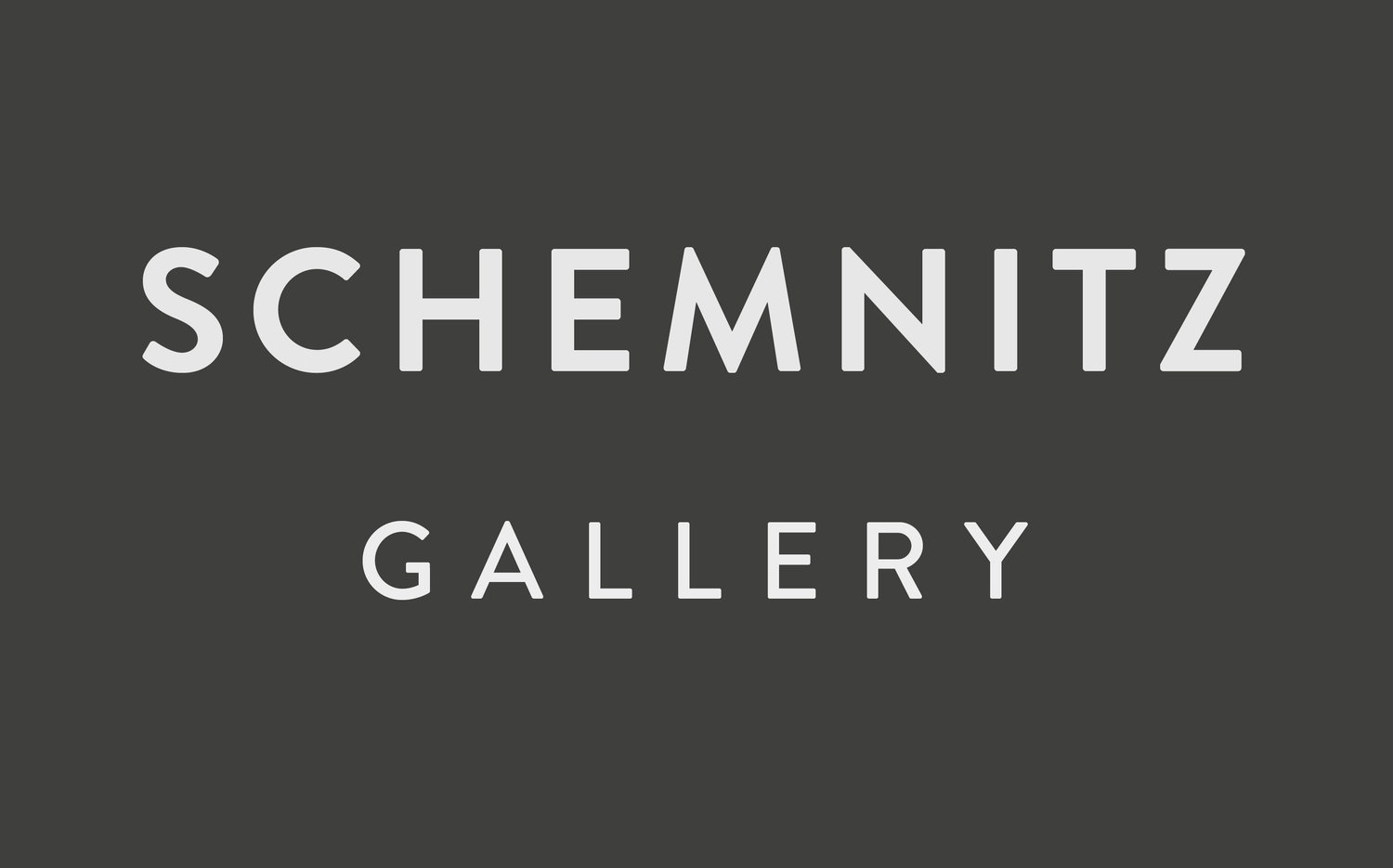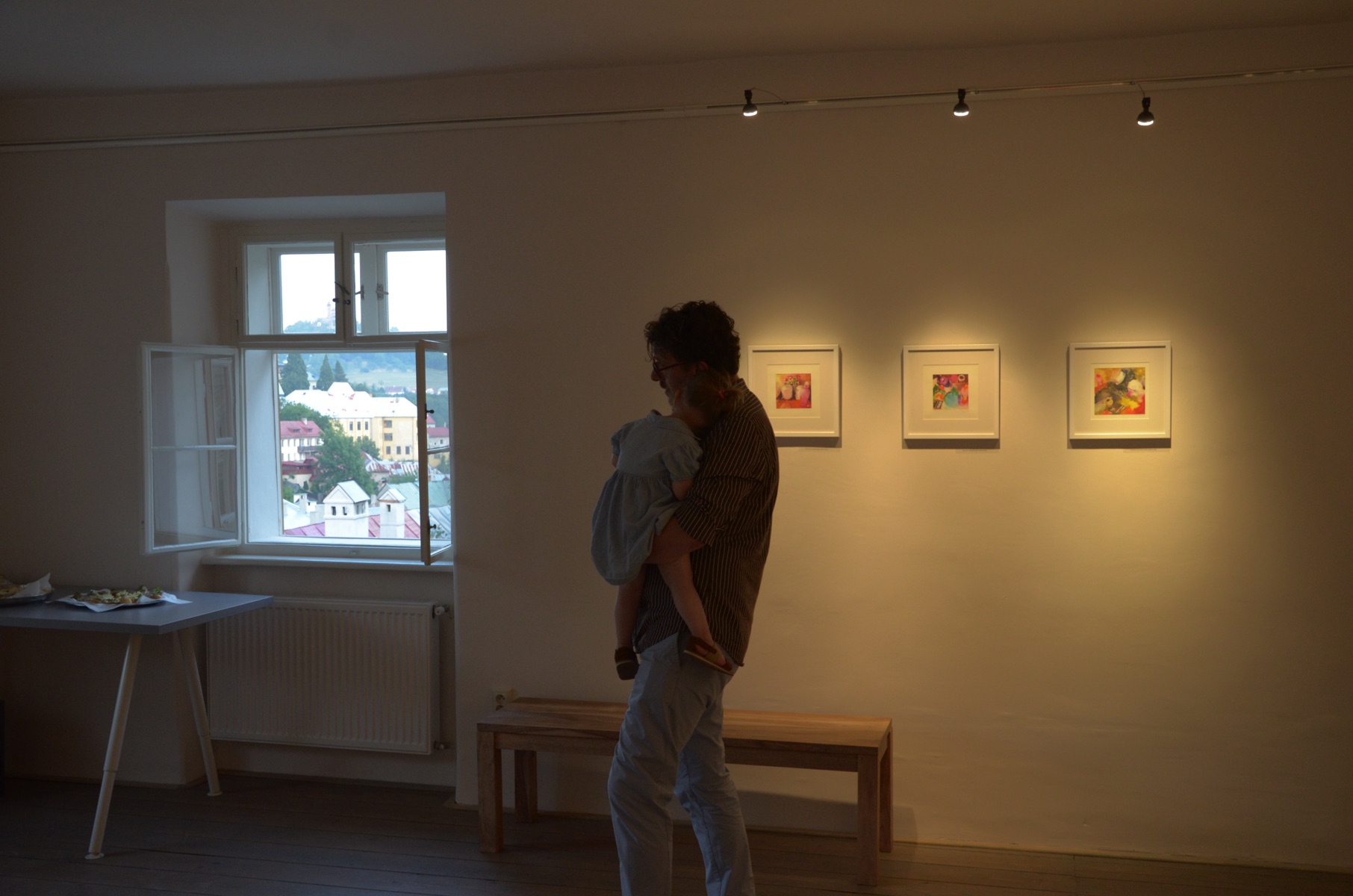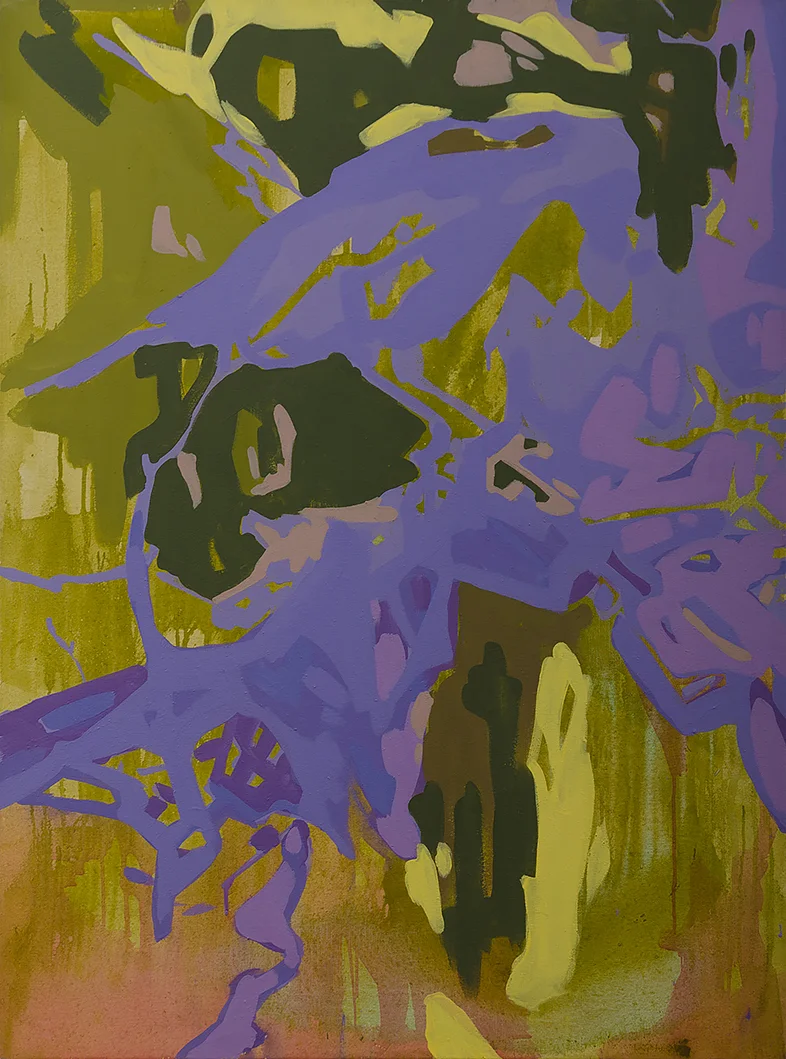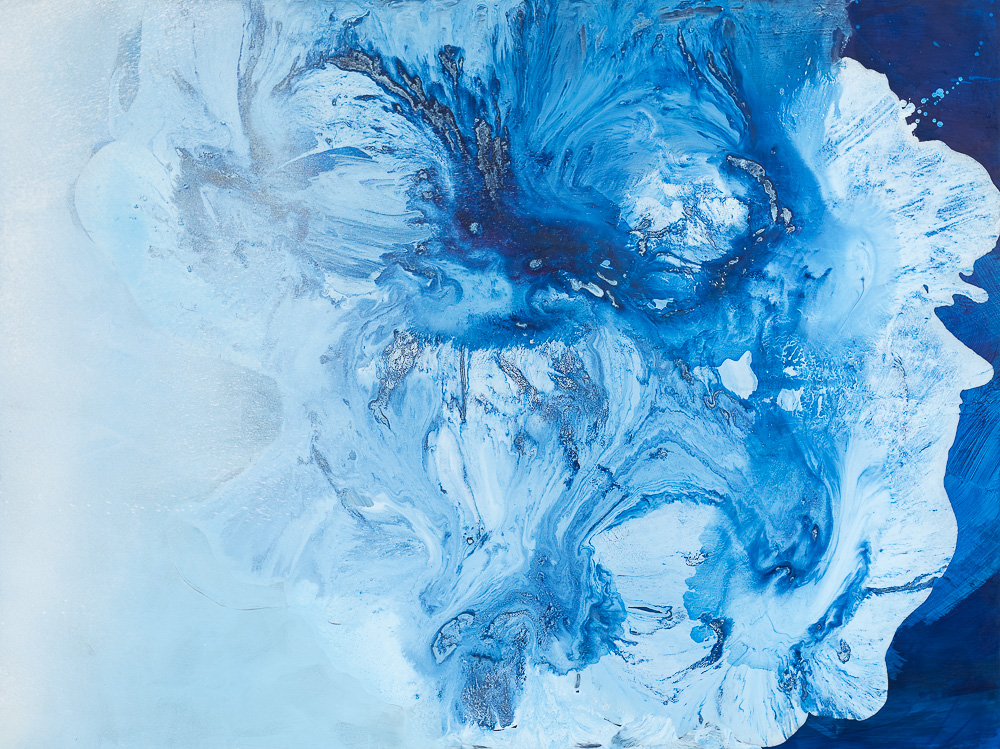Eva Činčalová | Insider
Kurátor: Beata JABLONSKÁ
Vernisáž: 7. augusta 2015 o 19:00 hod
Výstava: 7. august - 21. september 2015
Hlavnou vizuálnou kvalitou veľkej časti maľby Evy Činčalovej (1982) je maliarska transformácia digitálneho obrazu. Rozostrovanie, plošnosť, či neprirodzene kontrastná farebnosť formálne vyjadrujú odosobnený princíp súčasnej recyklácie obrazov. Námety tvorby od svojich začiatkov na bratislavskej VŠVU autorka nachádza v maliarskych žánroch, ktoré sa dostali na hranicu klišé. Charakterizuje ju originálna symbióza námetov tradičného žánrového maliarstva a aktuálneho výtvarného jazyka.
Výrazný obrat tvorbe mladej výtvarníčky nastal po návrate z dlhšieho študijného pobytu v Indonézii. Táto skúsenosť sa stala jej odrazovým mostíkom k zužitkovaniu predošlých experimentov a jasnejšej formulácii vlastného umeleckého programu. V prvých “pobalinézkych” obrazoch je hlavnou témou priehľad do krajiny, s významnou úlohou svetelných scenérií (blesky, hviezdy, nočné pohľady) a ich dramatická interakcia s krajinnými elementami (vodou, morom, horami). Zábery rozbúrenej vody alebo bleskov nad krajinou opäť necháva prejsť neosobným pôsobením digitálneho spracovania a dopĺňa vlastnou, emotívnou maliarskou stopou. Tento moment rozporu v jej obrazoch vytvára atmosféru fantastického a predsa familiárneho prostredia, naivného romantizmu podaného s ironickým nadhľadom súčasnej “post-pop” vizuality. Autorkiným spracovaním námety strácajú svoje prvoplánové asociácie. Obrazy opúšťajú svoje pôvodné súvislosti a miesta - komunikujú spôsobom bližším súčasnému divákovi. Neskoršie diela už pracujú s materiálom prenesenej reality, spomienok a nájdených obrazov ako útržkov zo vzdialeného sveta, jeho rituálov a “pohľadnicových” momentov videných cez optiku digitálnej civilizácie.
V posledných rokoch autorka začala pracovať na niekoľkých nových projektoch, ktoré do jej tvorby vniesli zaujímavú dynamiku. Použitie nájdeného obrazového materiálu (technických plánov a skíc) znovu otvorilo jej uvažovanie o krajinomaľbe a priestorovej výstavbe v rámci obrazu. Okrem toho sa pustila do odvážnejších významových hier a rozvinutiu komplikovanejších ideových rovín. Maliarka neustále rozširuje svoje umelecké prieskumy o ďalšie oblasti a vnáša tak do vlastnej tvorby stále nové prekvapivé momenty.
Diana Majdáková
The dominant visual quality at the heart of Eva Činčalová’s (1982) painting is inherent in the transformation of the digital image through painting intervention. Blurring, flatness, and unnaturally contrasting vivid colours in her pictures all reflect an approach quite typical of contemporary painting worldwide, in which a picture is processed several times through use of a variety of media. Ever since she was a student at the Academy of Fine Arts in Bratislava, Eva Činčalová has been deliberately seeking motifs for her work in painting genres located on the edge of cliché. Her work can be characterised as an original symbiosis of motifs of traditional genre painting on the one hand and the language of contemporary fine art on the other.
A significant turn in the work of this young artist happened after her scholarship in Indonesia (Bali). That experience proved a significant stepping-stone, enabling her both to utilize her previous experiments and to more precisely form the content of her artistic work. The main motif of her first pictures after returning from Bali was a view into landscapes dominated by light sources (lightning, stars and other night features), with their dramatic interactions with landscape elements (water, sea, mountains) playing an important role. She makes photos of tempestuous waters or lightning over the landscape subject first to impersonal digital processing, and then to completion by her own emotionally driven painting. This moment of conflict in her pictures creates an atmosphere of fantasy in a still familiar environment, presenting a naive romanticism with an ironic detachment typical of contemporary “post-pop” visual arts sensibility. Through the artist’s processing, her selected motifs lose their superficiality. However, the pictures also retain their original contexts and locations and, thus, still communicate successfully with today’s audience.
In her later paintings, the artist works the material of transferred reality, memories and images retrieved as fragments of a distant world with its rituals and “postcard” moments perceived through the optics of digital civilisation. In the last few years, this artist has started to work on projects that have conveyed interesting new dynamics into her work. She uses materials such as blueprints and technical drawings and sketches. This has refreshed and enhanced her unique perception of landscape painting and the spatial structure of a picture. In addition, in her most recent works she has ventured to play deeper games with meaning and to develop more complex levels of thoughtful reflection. Eva Činčalová continues to expand her artistic endeavours, enriching her art with new and ever surprising revelations.











































